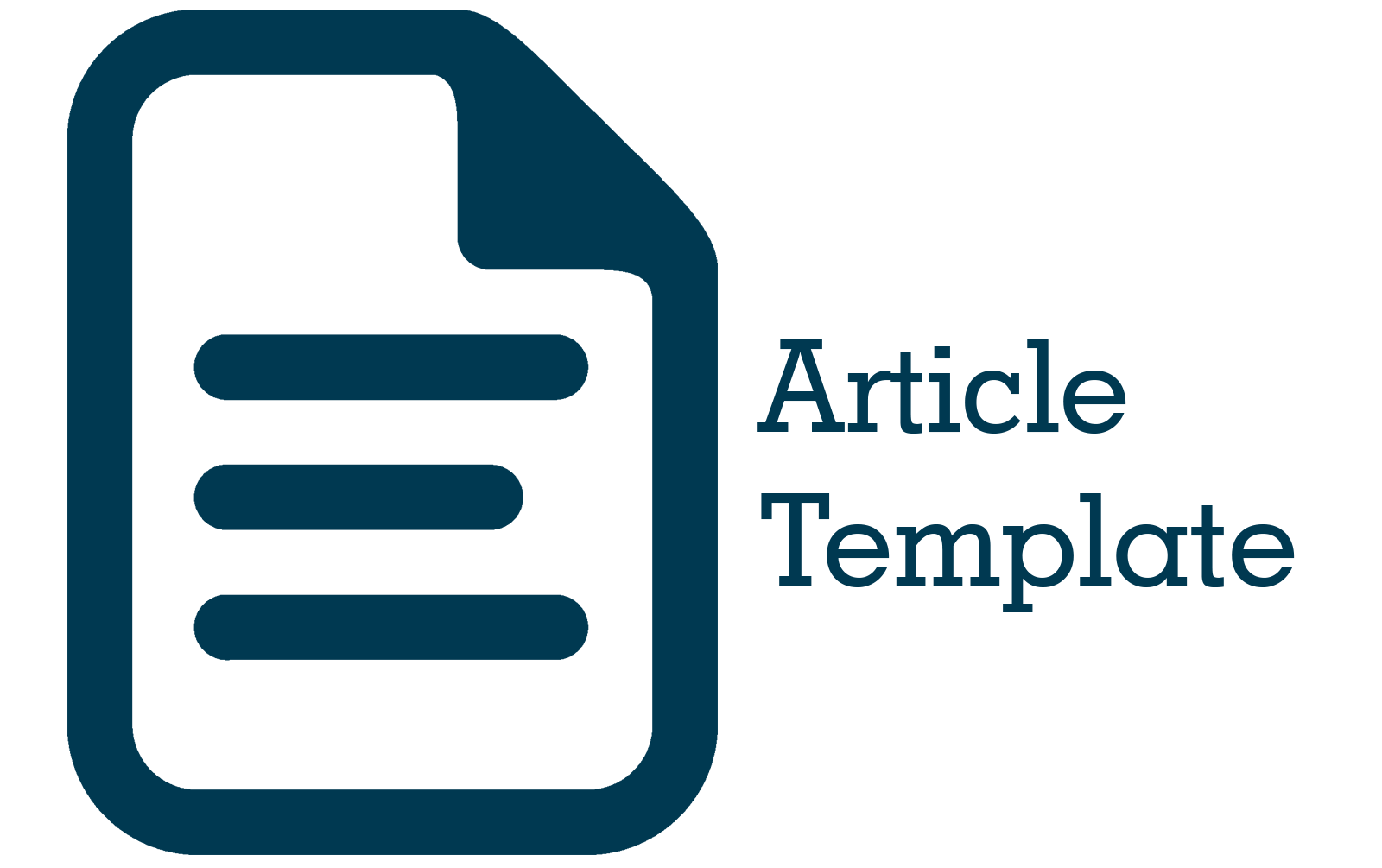Rancangan Key Performance Indicator dalam Pengukuran Kinerja Karyawan dengan Metode Balanced Scorecard di PT. X
Abstract
Abstract. PT. X is a professional and dynamic company engaged in the design and construction of f&b interiors, stores, hotels, offices, and other commercial buildings. Construction services in Indonesia currently have significant and rapid development. Improving the performance of a company's employees is a factor that is highly considered in the face of increasingly fierce competition. The problem that occurs in the company is experiencing a decrease in employee performance, this is due to the measurement of employee performance only seen from attendance as well as the ability of employees who are subjectively assessed by stakeholders. Key Performance Indicator (KPI) is a measuring tool that focuses on aspects of organizational performance to evaluate the achievement of organizational success both now and in the future, this KPI helps companies to measure performance, monitor progress, encourage continuous improvement. This KPI determination is based on 4 Balanced Scorecard perspectives. The results of this study are 6 strategies, 14 strategic targets and 15 Key Performance Indicators. The strategic objectives that have been determined are then grouped based on the balanced scorecard perspective, there are 3 KPIs for the financial perspective, 6 KPIs for the customer perspective, 4 KPIs for the internal business and process perspective, and 2 KPIs for the learning and growth perspective.
Abstrak. PT. X adalah perusahaan yang bergerak dibidang desain dan kontruksi interior f&b, store, hotel, office, serta bangunan komersial lainnya. Jasa kontruksi di Indonesia pada saat ini memiliki perkembangan yang cukup pesat dan peningkatan kinerja karyawan suatu perusahaan merupakan faktor yang sangat dipertimbangkan dalam menghadapi persaingan yang semakin ketat. Permasalahan yang terjadi pada perusahaan yaitu mengalami penurunan kinerja karyawan hal ini disebabkan oleh pengukuran kinerja karyawan hanya dilihat dari absensi juga kemampuan karyawan yang dinilai secara subjektif oleh stakeholder. Key Performance Indicator (KPI) adalah alat ukur yang berfokus pada aspek-aspek kinerja organisasi untuk mengevaluasi pencapaian keberhasilan organisasi baik saat ini maupun di masa mendatang, KPI juga membantu perusahaan untuk mengukur kinerja, pemantauan progress, dan mendorong perbaikan berkelanjutan. Penentuan KPI ini berdasarkan 4 perspektif Balanced Scorecard. Hasil dari penelitian didapatkan 6 strategi, 14 sasaran strategi dan 15 Key Performance Indicator. Sasaran strategi yang sudah ditetapkan kemudian dikelompokan berdasarkan perspektif balanced scorecard, terdapat 3 KPI untuk perspektif financial, 6 KPI untuk perspektif customer, 4 KPI untuk perspektif internal business and process, dan 2 KPI untuk perspektif learning and growth.
References
[2] BPS, "Statistik Banyaknya Perusahaan Kontruksi," 04 Januari 2022.
[3] P. Tavitiyaman, H. Q. Zhang and H. Qu, "The Effect of Competitive Strategies and Organizional Structure on Hotel Performance," Internasional Journal of Contempory Hospitality Management , pp. 24 (1), 140-159, 2012.
[4] A. A. S. Rosadi and Y. J. Purnomo, "Pengaruh Sistem Informasi Sumber Daya Manusia Terhadap Kinerja Pada Pegawai PT Raudah Utama Cianjur," Jurnal Sins Soiso Humaniora, 2020.
[5] Y. Al-Jedaia and A. Mehrez, "The effect ofPerformance Appraisal on Job Performance in Governmental Sector: The Mediating Role of Motivation," Management Science Letters, 2020.
[6] D. Parmenter, Key Performance Indicator: Devepeloping, Implementing and Using Winning KPI's, Canada: John Wiley & Sons, 2010.
[7] M. Ulfa and M. Ridwan, "Analisis Pengukuran Kinerja Karyawan dengan Metode Human Resource Scorecard di BMT Logam Mulya," Jurnal Ekonomi Syariah Equilibrium, p. Vol. 1 No. 4, 2015.
[8] Kaplan, Robert S; Norton, David, Putting The balanced Scorecard To Work, Brighton: Harvard Business Review, 1992.
[9] J. Cox and J. Schleier, Theory of constraints handbook, New York: McGraw-Hill, 2010.
[10] O. Taouab and Z. Issor, "Firm Performance: Definition and Measurement Model," European Scientific Journal , p. Vol. 15 , 2019.
[11] S. Pratama and Ismail, "Mengukur Kinerja dengan HR Scorecard pada PT BPRS Bakti Sumekar, Sumenep," Seminar Nasional dan Call for paper Sustainable Competitive Advance (SCA), p. 8, 2018.
[12] R. J. S. Jose, D. T. Anh and M. Sadiq, "Development of Human Resource Management Activities in Vietnamese Private Companies," Turkish Journal of Computer and Mathematics Education, pp. 4391-4401, 2021.
[13] S. Lohana, N. A. Abidi , N. Sahoo and U. S. Singh, "Performance Measurement of Human Resource by Design a Human Resource Scorecard," Elsevier, 2021.











